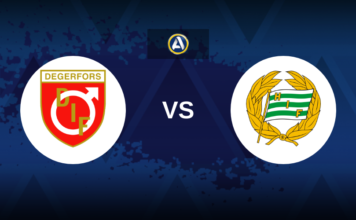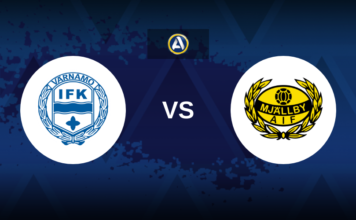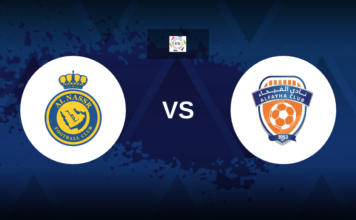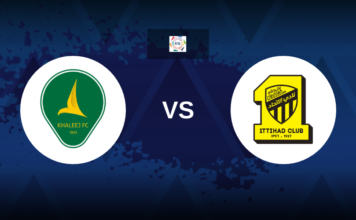As football accelerates its demands on younger stars, the cases of Lamine Yamal and Jude Bellingham raise urgent questions about how early is too early—and whether greatness now means burnout later.
When Lamine Yamal curled in a stunning goal against France in the Euro 2024 semifinal, the football world stood still. A 16-year-old wasn’t just surviving on the biggest stage—he was thriving. Commentators hailed him as a generational talent, and rightly so. But behind the applause lies an uncomfortable question: is he playing too much, too soon?
The same concerns hover over Jude Bellingham. At just 21, he is already the heartbeat of both Real Madrid and England. He’s among the most marketable players in the world and plays a crucial role in every competition his teams enter. But his journey has been relentless, with elite-level football dominating his life since he was a teenager.
And they’re not alone. Across world football, the next generation of superstars is being thrust into the spotlight younger than ever. It makes for thrilling moments—but it comes at a cost.
Lamine Yamal: A Teenage Phenomenon
Yamal made his senior debut for FC Barcelona at just 15. By 16, he was a La Liga starter, a Champions League contributor, and a key figure for Spain. At Euro 2024, he broke multiple age-related records, becoming the youngest-ever scorer in the tournament’s history.
But it’s not just the brilliance—it’s the volume. Yamal played over 4,000 minutes during the 2023–24 season for club and country. For context, that’s more than many established professionals and more than double what players like Cesc Fàbregas or Phil Foden managed at that age.
The issue isn’t about talent. Yamal’s vision, composure, and game IQ are exceptional. But at 17, his body is still developing. Experts warn that repeated high-intensity matches at such a stage can lead to long-term physical issues—even if they don’t appear immediately.
Are we witnessing the start of a legendary career, or will this brilliance peak too early and fade before its time?
Jude Bellingham: Carrying the Weight of Expectations
Bellingham made his senior debut for Birmingham City at 16, then quickly became a key player for Borussia Dortmund and eventually Real Madrid. He was already captaining Dortmund at 19 and now, at 21, is one of the best midfielders in world football.
In 2023–24 alone, Bellingham logged over 4,600 minutes, not including his international duties. That’s the workload of a seasoned pro at their physical peak—usually between 27 and 30 years old. Bellingham plays a physically demanding game filled with pressing, tackling, and driving runs. The strain on his body is immense.
He’s professional, disciplined, and physically resilient. But even that may not be enough if the relentless schedule continues unchecked.
The Bigger Picture: Football’s Changing Age Curve
A decade ago, debuting at 18 was seen as early. Now, if you’re not on the scene at 16, you’re considered behind. Commercial pressures, overloaded calendars, and global marketing strategies mean young players are playing more, traveling more, and recovering less.
Players like Yamal and Bellingham aren’t just athletes—they’re global brands. That adds another layer of stress. Every performance is under scrutiny, every touch dissected, every post monitored. The mental load is heavy. And history has shown the consequences.
Familiar Cautionary Tales
We’ve seen this story before:
- Bojan Krkić: Dubbed the “next Messi” after shining for Barcelona, but faded after anxiety and fitness issues by his mid-20s.
- Alexandre Pato: A teenage sensation at AC Milan, whose career was derailed by injuries.
- Ansu Fati: Another La Masia prodigy, whose early injury setbacks have made him a fringe player by 21.
- Jack Wilshere and Ravel Morrison: Talents that never fully bloomed, largely due to injuries and external pressures.
Clubs Are Waking Up… Slowly
Clubs like Manchester City took a cautious approach with Phil Foden, frustrating fans but preserving his long-term value. Yamal, in contrast, is being used more aggressively. However, Barcelona have implemented load-management strategies. Spain’s national team also tailored his Euro 2024 training sessions to reduce stress on his body.
At Real Madrid, Bellingham is rotated when possible. But with injuries to key midfielders and his immense influence, he still played the majority of games—even returning quickly from a shoulder injury mid-season.
The Commercial Trap
In the race for trophies and relevance, clubs and federations struggle to balance short-term glory with long-term welfare. Every goal sells jerseys. Every highlight draws clicks. Resting a superstar is a financial and reputational gamble. In this world, long-term vision often loses to immediate results.
Is Football’s Age Curve Shifting?
Data suggests footballers are hitting physical peaks earlier than before—perhaps around 23–25 instead of 27–29. But that may also mean the decline starts earlier too. The idea of a 15-year career might be outdated. What if Yamal and Bellingham shine brightest at 22, and begin declining by 28?
What the Future Holds
The difference between players who burn out and those who thrive often lies in how their careers are managed. Messi and Ronaldo were protected early and given time to grow. Rooney, by contrast, played a staggering number of games in his early 20s and began declining soon after hitting 30.
Yamal and Bellingham are walking that same tightrope. They are extraordinary talents. But they are also human. The spotlight is bright, and the expectations are immense.
Whether they become all-time greats or cautionary tales depends not just on their ability—but on how wisely they are managed.







